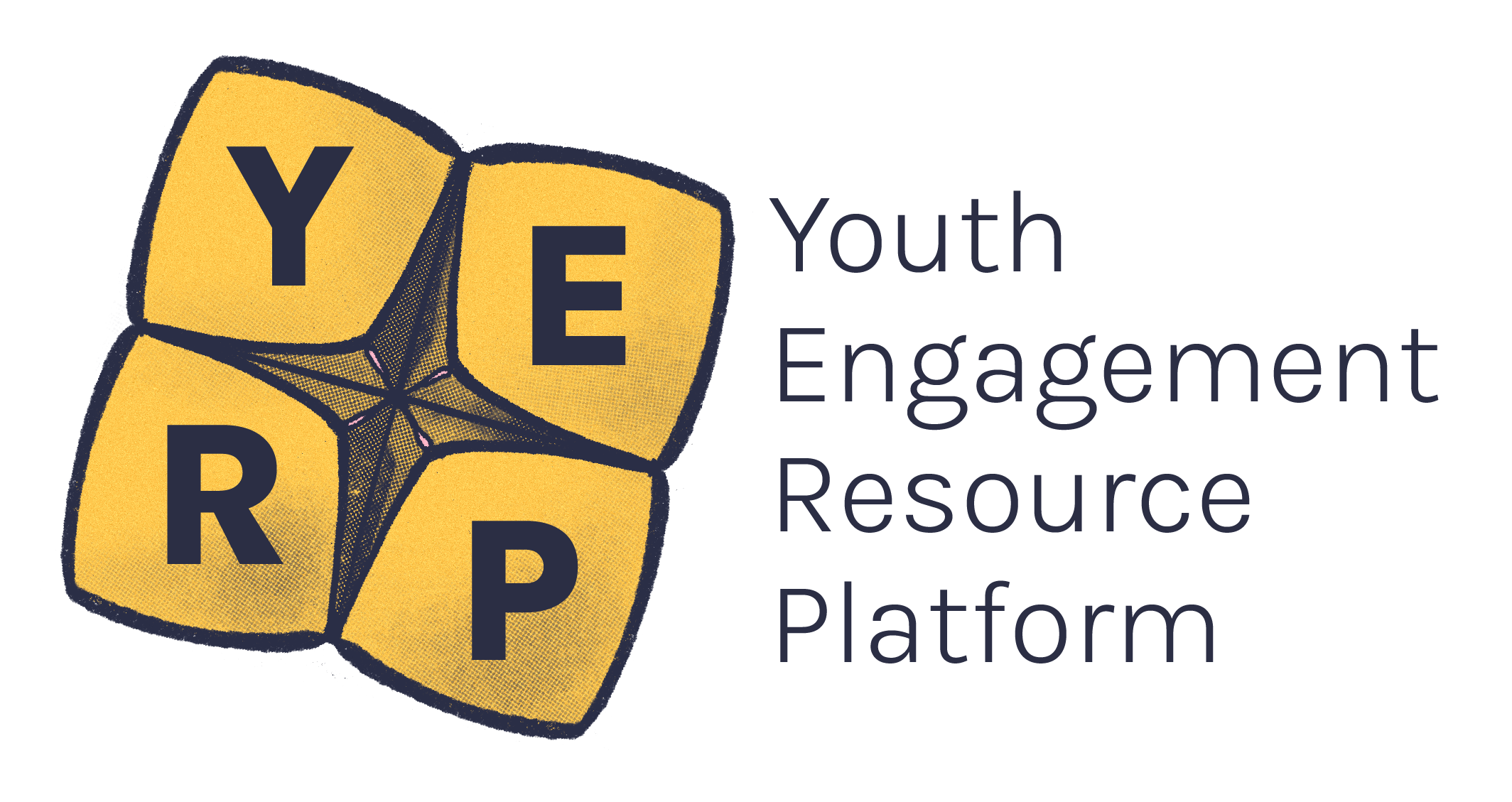On this page
Could school buses be part of the solution to improving young people’s access to transport in rural and regional Victoria?
YACVic Rural welcomes the Victorian Parliamentary Inquiry into the Use of School Buses in Rural and Regional Victoria. The Inquiry responds to recommendations from young people and the rural youth sector, amplified by YACVic, over the past decade about using school buses better. Using currently underutilised school buses to improve public transport in rural and regional communities would generate significant benefits for young people and the broader community and help regional and rural communities thrive.
YACVic’s submission, developed with extensive input from young people and youth workers in rural and regional Victoria, provides information and insights on transport disadvantage, and outlines the benefits of improving access to public transport. School buses can help alleviate transport disadvantage through more efficient usage and expansion of routes and timetables, and should also be considered as one part of an improved broader transport network.
Through adjustments to the existing School Bus Program, more young people not currently engaged in mainstream education could travel on the existing school bus routes at very little additional cost to the government or passengers, to engage with alternative education or employment. Even more impactful would be the activation of school buses during their ‘down time’; currently school buses are parked for most of the day and could be utilised throughout the day to transport more people around rural and regional communities. Successful design and delivery of each of these initiatives requires meaningful engagement with young people as stakeholders.
Summary of Recommendations
Our recommendations for improving young people’s access to public transport in rural and regional Victoria using schools buses are:
Recommendation 1:
Prioritise young people as stakeholders of new public transport initiatives, especially young people not in mainstream education.
Recommendation 2:
Create a comprehensive and place-based analysis of the public transport needs of young people, through engagement and co-design with young people and the youth sector.
Recommendation 3:
The Victorian Government advocates to the Commonwealth to remove the exemption for school buses in the Disability Standards, and leads change by requiring buses to meet accessibility standards as part of contract management of the SBP. Consider grandfathering to allow companies to replace existing stock over time and incentives to support small bus operators.
Recommendation 4:
Design new public transport routes and timetables around existing activities including:
-
Employment centres at common shift start- and end-times
-
TAFE classes
-
Social and competitive sport trainings and games
-
Shopping centres
-
Medical centres
Recommendation 5:
Design new public transport routes and timetables in partnership with existing youth programs and services.
Recommendation 6:
Trial additional stops at employment or education centres on existing school bus runs to encourage young people to travel on the school bus to work, TAFE or university.
Recommendation 7:
Collect and publish data on applications from non-students to travel on school buses, to inform transport planning. Include numbers of applications accepted and denied and the reasons for the denials.
Recommendation 8:
Promote the option for non-school students to travel on school buses, including to students leaving school for alternative pathways like TAFE, apprenticeships and employment.
Recommendation 9:
Meaningfully involve young people in design, governance, monitoring and evaluation of child safety initiatives in relation to sharing school buses.
Recommendation 10:
Meaningfully involve the Commission for Children and Young People, the youth sector and schools in design, governance, monitoring and evaluation of child safety initiatives in relation to sharing school buses. Consider requiring all passengers above the age of 18 who travel on school buses to have a Working With Children Check in lieu of verbal reference checks to the school principal.
Recommendation 11:
Use existing school buses to deliver additional routes before the morning school run, during school time, in the evening after the school run, and on weekends, according to demand. Ensure that new routes interact with existing routes without being in competition.
Recommendation 12:
Seek out and implement young people’s outstanding recommendations for public transport in rural and regional Victoria, and for new initiatives using existing school bus assets.
Recommendation 13:
Embed youth participation in the design, delivery, governance, monitoring and evaluation of new and expanded public transport initiatives through use of existing school bus assets
Recommendation 14:
Local offices of Regional Development Victoria establish and convene high-level place-based public transport fora, through which all stakeholders work together to co-ordinate public transport initiatives using existing school bus assets and identify methods of ongoing collaboration.
We expect our advocacy work for better public transport options for rural and regional young people will continue.
Got a great idea on improving public transport across rural and regional Victoria? Contact your local member. Find out who they are and how to contact them here: https://www.parliament.vic.gov.au/about/electorates
Read more
Check out the Parliamentary Inquiry’s work: https://www.parliament.vic.gov.au/eic-lc/inquiry/1007
Read Sebastian’s op ed in rural newspapers on the potential of school buses: https://www.standard.net.au/story/7302992/how-re-thinking-school-buses-can-benefit-regional-youth/



